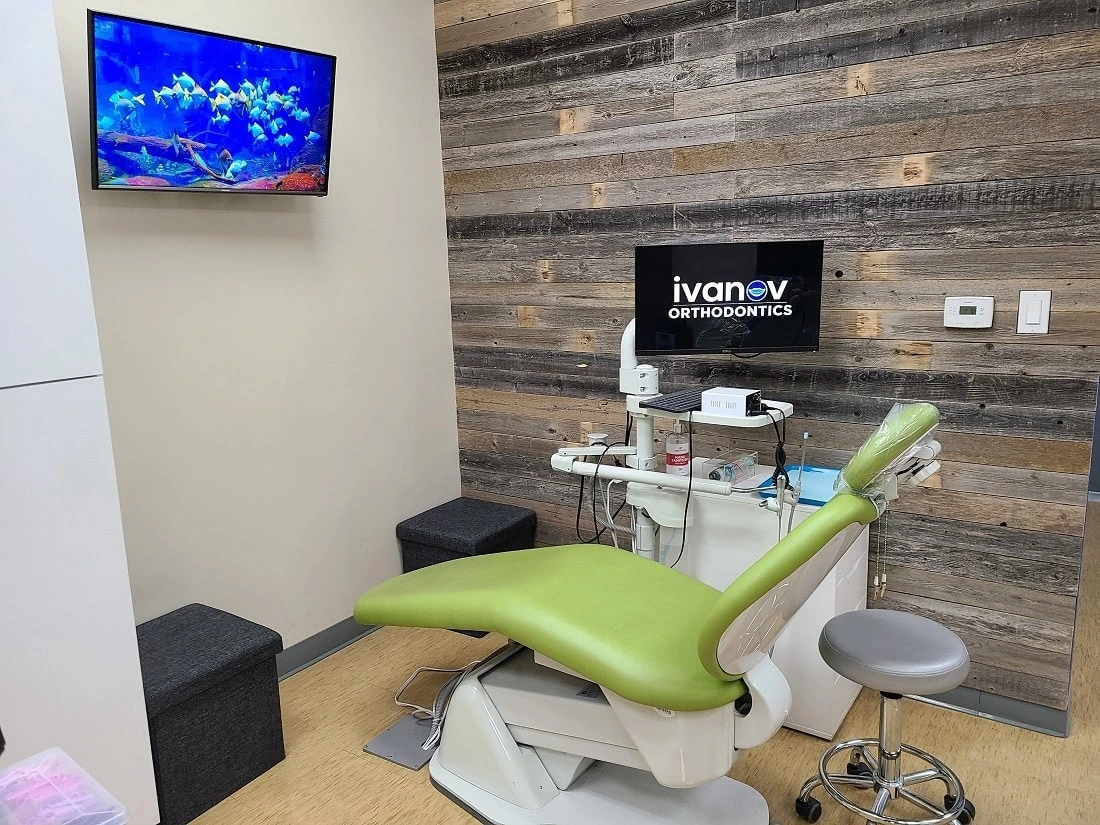Unlocking Efficiency: Why the Best Inventory Management Software and Procurement Software Are Vital for Business Growth
In the rapidly evolving landscape of modern business, operational efficiency is no longer optional—it is a competitive necessity. Companies across all sectors are under increasing pressure to deliver products faster, control costs, maintain optimal stock levels, and adapt swiftly to supply chain disruptions. This makes implementing the best inventory management software and advanced procurement software more than just a smart choice—it’s a strategic imperative.
The New Age of Inventory and Procurement
Traditionally, inventory management and procurement were viewed as back-end functions, merely responsible for stock control and purchasing. However, in today’s digital economy, these processes have become key drivers of profitability, customer satisfaction, and business scalability.
Modern best inventory management software systems offer businesses real-time visibility, automation, and analytics that reduce human error and improve accuracy. Similarly, procurement software enables organizations to streamline their purchasing cycle, gain control over spending, and enhance supplier relationships.
But why are these tools critical now more than ever?
The Rising Complexity of Supply Chains
Globalization, e-commerce, and the just-in-time inventory model have added layers of complexity to traditional supply chains. Businesses must now monitor stock across multiple locations, manage supplier performance, respond to fluctuating demand, and comply with regulatory requirements—all in real time.
Here is where the best inventory management software steps in. This software automates tracking, categorization, and forecasting. Whether a business operates in retail, manufacturing, distribution, or service, having complete visibility of stock levels, warehouse performance, and reordering needs can drive major operational benefits.
Meanwhile, procurement software automates vendor selection, purchase requisition approvals, purchase order generation, and invoice matching—resulting in fewer delays, fewer errors, and improved cost-efficiency.
Key Features of the Best Inventory Management Software
To understand the full impact of this technology, it’s essential to explore what makes the best inventory management software truly stand out. Below are the key features that define a top-tier system:
1. Real-Time Inventory Tracking
Modern best inventory management software updates inventory levels in real-time across warehouses and sales channels. This not only reduces the risk of stockouts and overstocking but also helps avoid lost sales and excess holding costs.
2. Automated Reorder Points
By setting automated reorder points based on historical data and sales trends, businesses can ensure they never run out of critical items while avoiding excess capital tied up in inventory.
3. Multi-Warehouse Management
Businesses operating in multiple locations require centralized inventory control. The best inventory management software offers seamless multi-warehouse integration, allowing easy transfer, analysis, and optimization across sites.
4. Barcode & RFID Integration
Efficient warehouse operations depend on fast and accurate item identification. Barcode and RFID integrations allow for quicker check-in/check-out, reducing manual errors and increasing speed.
5. Reporting & Forecasting
With built-in analytics, businesses can leverage the best inventory management software to forecast demand, analyze trends, and make data-backed decisions that reduce wastage and improve order accuracy.
Benefits of Procurement Software for Business
Alongside inventory optimization, controlling procurement activities is vital to cost reduction and vendor performance. The right procurement software allows businesses to digitize and optimize the purchasing cycle end to end.
1. Streamlined Purchase Requests
Instead of relying on manual forms or emails, procurement software enables employees to raise purchase requests through a centralized system, ensuring transparency and standardized documentation.
2. Approval Workflows
The software ensures that all purchases go through pre-defined approval hierarchies, reducing unauthorized spending and enhancing internal control.
3. Vendor Management
Keeping tabs on vendor performance is easier with procurement software. It helps track vendor delivery timelines, quality compliance, contract terms, and pricing history.
4. Cost Control
With budget tracking, supplier comparisons, and spend analysis, procurement software empowers finance and purchasing teams to control costs and negotiate better deals.
5. Integration with Inventory Systems
The most powerful benefit comes when procurement software integrates with the best inventory management software, allowing for automated restocking based on inventory levels, ensuring better synchronization and efficiency.
Real-World Use Cases: Efficiency in Action
To better understand the impact of implementing these systems, consider a manufacturing company that deals with thousands of components, each with different suppliers, reorder thresholds, and lead times.
Without the best inventory management software, this company risks over-ordering some components while under-ordering others, leading to production delays and wastage. Without proper procurement software, they may face approval bottlenecks, pricing inconsistencies, and difficulty tracking supplier performance.
But by integrating both solutions, the company gains:
-
Automated alerts for low-stock items
-
Seamless purchase order creation
-
Real-time supplier communication
-
Budget adherence
-
Historical analytics for better forecasting
This scenario illustrates how companies can avoid stock disruptions, optimize cash flow, and enhance customer satisfaction—all thanks to the power of modern technology.
Implementation Best Practices
It’s one thing to recognize the benefits of the best inventory management software and procurement software. It’s another to implement them successfully. Here are some best practices to follow:
1. Define Clear Objectives
Begin with a clear understanding of your goals: reduced costs, better visibility, faster processing, or supplier optimization.
2. Ensure Stakeholder Buy-In
Involve relevant departments early, including procurement, warehouse, finance, and IT. This ensures the solution is adopted company-wide.
3. Choose Scalable, Cloud-Based Solutions
Cloud-based systems offer better scalability, real-time access, and easier updates. They also typically require less upfront capital investment.
4. Integrate With Existing Systems
Ensure that the best inventory management software and procurement software integrate with your ERP, accounting, and CRM systems for seamless data flow.
5. Train Employees Thoroughly
Provide comprehensive training to ensure your staff can use the system efficiently and accurately, maximizing ROI.
Choosing the Right Solution: What to Look For
When evaluating solutions, businesses must look beyond price and focus on functionality, ease of use, scalability, and customer support. One reliable provider of such comprehensive solutions is HashMicro, known for its robust cloud-based ERP systems tailored to diverse industries.
In fact, many leading enterprises rely on HashMicro to power their operational efficiency with integrated best inventory management software and procurement software that scales with business needs.
The ROI of Automation
The financial and operational ROI of implementing these systems is significant. Companies report:
-
20-30% reduction in inventory carrying costs
-
40% faster procurement cycle times
-
Fewer stockouts and missed sales
-
Improved supplier compliance
-
Reduced manual labor costs and paperwork
These results prove that automation isn’t just about convenience—it’s a lever for sustainable business growth.
Conclusion: A Competitive Edge You Can’t Afford to Miss
In a world where customer expectations are rising and competition is fierce, relying on outdated, manual systems is a recipe for inefficiency and stagnation. Businesses must embrace digital transformation, and at the heart of that transformation lies the adoption of the best inventory management software and cutting-edge procurement software.
These tools don’t just solve operational headaches—they unlock agility, transparency, and strategic insight. They enable businesses to scale, adapt, and outpace their competitors.
Whether you are a growing startup or a large enterprise, now is the time to invest in systems that bring clarity to your operations and pave the way for smart, data-driven decisions.













